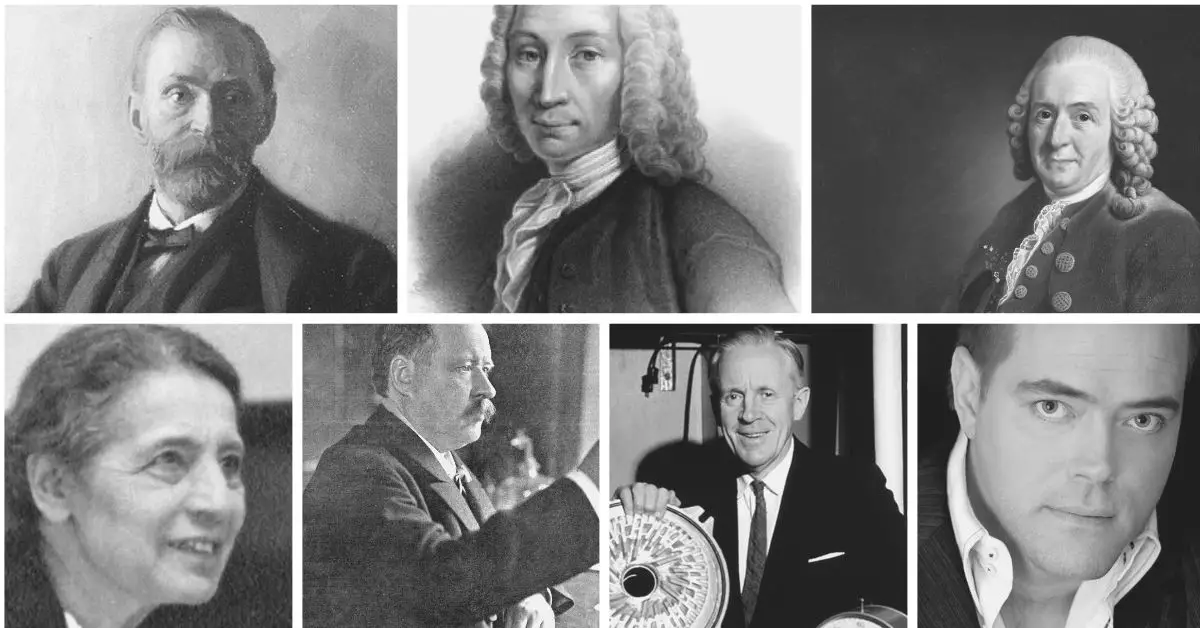To celebrate scientists and scientific advancements, we have collected a list of the most famous Swedish scientists that will inspire us for the greater good.
When you think of Sweden, what comes to mind? Vikings and reindeer? We’re here to tell you that Swedish culture has much more. Sweden is a small country with a population of under 11 million people, but it’s one of the most progressive nations in the world.
They’ve been pioneers in high-tech innovation, environmental stewardship, and social welfare. And they’ve produced some truly unique scientists in their time—some of whom are household names today.
This article will walk you through some of Sweden’s most famous scientists, how they made their mark on the world, and what makes them so special.
Table of Contents
Famous Swedish Scientists
#18. Harry Nyquist (1889-1976): A Pioneer in Communication Theory
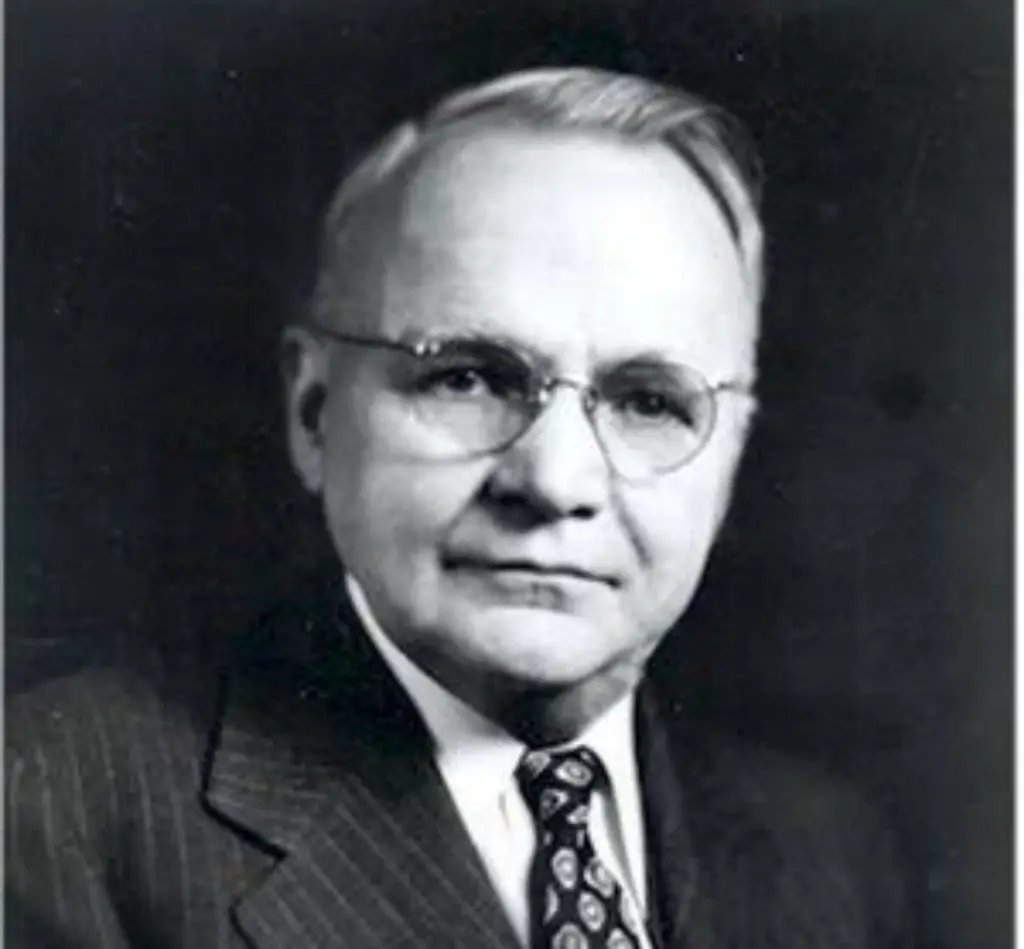
What makes Harry Nyquist famous?
the Harry Nyquist was a Swedish electronic engineer and physicist who is best known for his contributions to communication theory. He worked at Bell Labs, where he developed the Nyquist rate and Nyquist frequency—two important concepts in signal processing.
The National Academy of Engineering and the American Society of Mechanical Engineers recognized Nyquist’s path-breaking work with medals.
[Source: Encyclopedia Britannica]
#17. Christer Fuglesang (1957-Present): The First Swedish Astronaut to Go To Space

What makes Christer Fuglesang famous?
Christer Fuglesang is a Swedish astronaut and physicist. He is best known for being the first Swedish astronaut to fly to space.
Fuglesang achieved this feat aboard the Space Shuttle Discovery during the STS-116 mission. He is also the first person (outside Russia and the US) to manage more than 3 spacewalks.
Fuglesang was born on March 18, 1957, in Stockholm, Sweden. He went to school in Stockholm and got degrees in engineering physics from the University of Stockholm and the Royal Institute of Technology.
After graduating, he joined the European Space Agency (ESA). He participated in several studies about space medicine and human physiology for astronauts.
[Source: Encyclopedia Britannica]
#16. Axel Fredrik Cronstedt (1722-1765): The Father of Modern Mineralogy
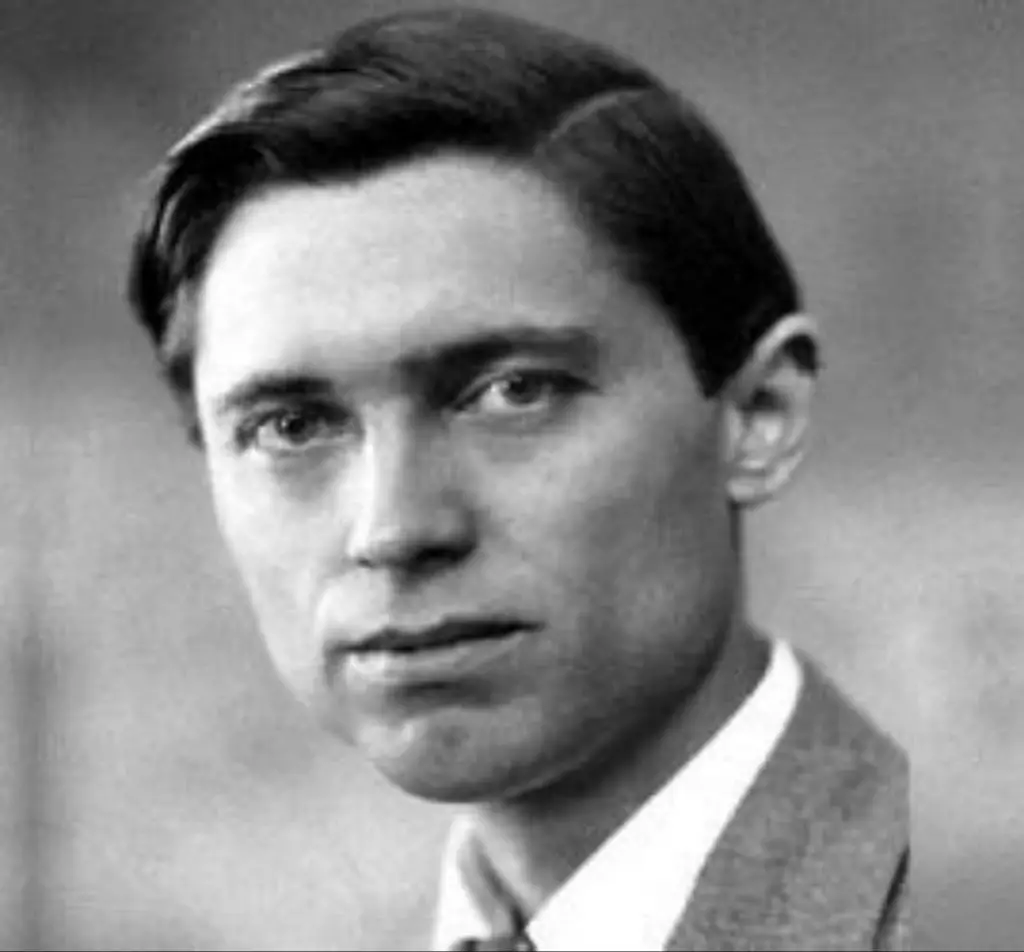
What makes Axel Fredrik Cronstedt famous?
Axel Fredrik Cronstedt was a Swedish chemist and mineralogist who is best known for discovering nickel.
He was famous for being innovative and forward-thinking in his field. Cronstedt introduced many new tools and methods of study into mineralogy—including the blowpipe.
He also suggested a way to group minerals based on what they are made of instead of how they look. This system is still popular in mineralogy.
[Source: Encyclopedia Britannica]
Similar Articles:
- 18 Famous Soil Scientists That You Should Know
- 20+ Famous British Scientists That You Should Know
- 15 Famous Irish Scientists That You Should Know
#15. Carl Wilhelm Scheele (1742-1786): One of the Discoverers of Oxygen

What makes Carl Wilhelm Scheele famous?
Carl Wilhelm Scheele was a pharmaceutical chemist who was born in Sweden. He is best known for finding oxygen and organic acids.
Scheele’s most significant contribution to science was his discovery of oxygen gas. He did not realize it at the time, but this discovery would be critical for future scientists. Today, we use oxygen gas in combustion engines or even in breathing assistance devices like scuba gear.
During his life, Scheele also found several other compounds, such as citric, lactic, oxalic, tartaric, and arsenic.
[Source: Encyclopedia Britannica]
Similar Articles:
- 30+ Famous Life Scientists That You Should Know
- 16 Famous Korean Scientists That You Should Know
- 16 Famous Shark Scientists That You Should Know
#14. Per Teodor Cleve (1840-1905): A Chemistry Pioneer
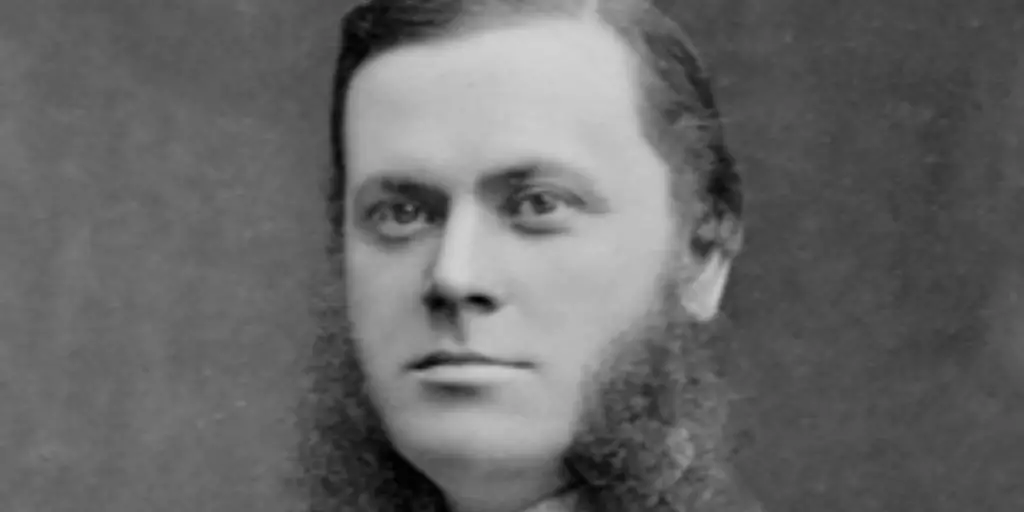
What makes Per Teodor Cleve famous?
Per Teodor Cleve was a Swedish chemist who did a lot of important work in the field. He found two new elements, thulium and holmium. The two discoveries proved instrumental for understanding rare earth elements and their applications in industry and technology today.
Cleve was born in Sweden on February 10th, 1840. He studied at Uppsala University, earning his undergraduate and graduate degrees.
[Source: Encyclopedia Britannica]
#13. Jöns Jacob Berzelius (1779-1848): The Father of Swedish Chemistry
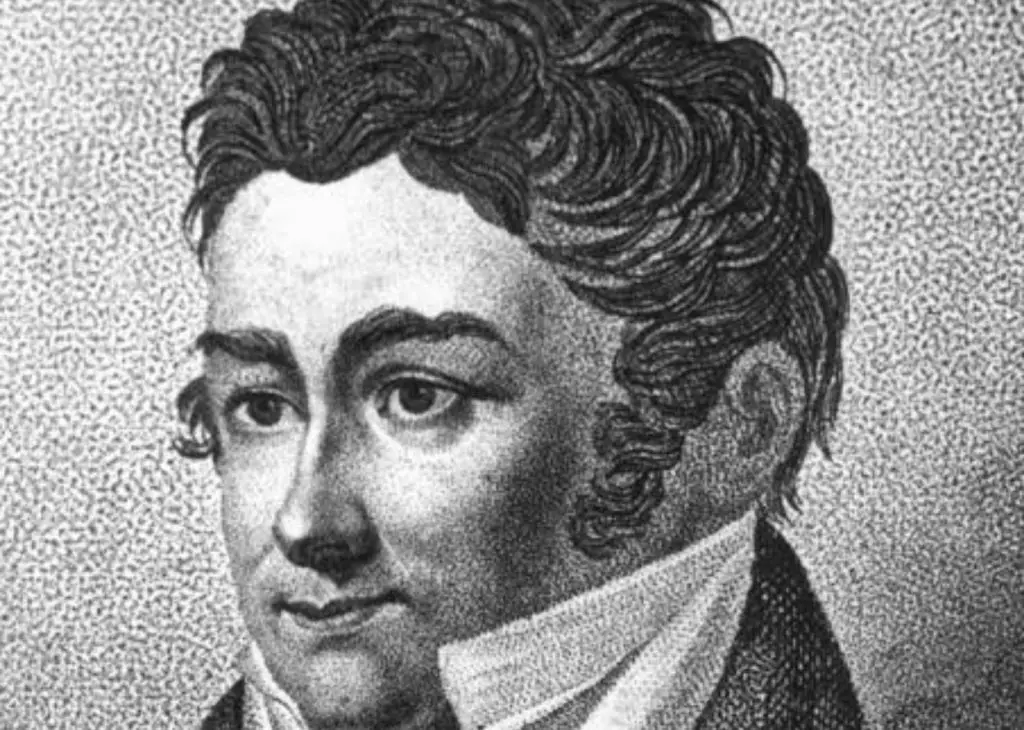
What makes Jonas Jacob Berzelius famous?
Jöns Jacob Berzelius was a Swedish scientist who made many contributions to chemistry. You probably already know his most famous discovery. He laid the groundwork for the Law of Constant Proportions.
But did you know that he also discovered two chemical elements? Berzelius discovered selenium and cerium. He didn’t stop there. This scientist also isolated thorium and silicon.
Besides his discoveries, he named several phenomena, including allotropy, isomerism, and catalysis.
[Source: Science History]
#12. Johan Gottlieb Gahn (1745-1818): The Discoverer of Manganese
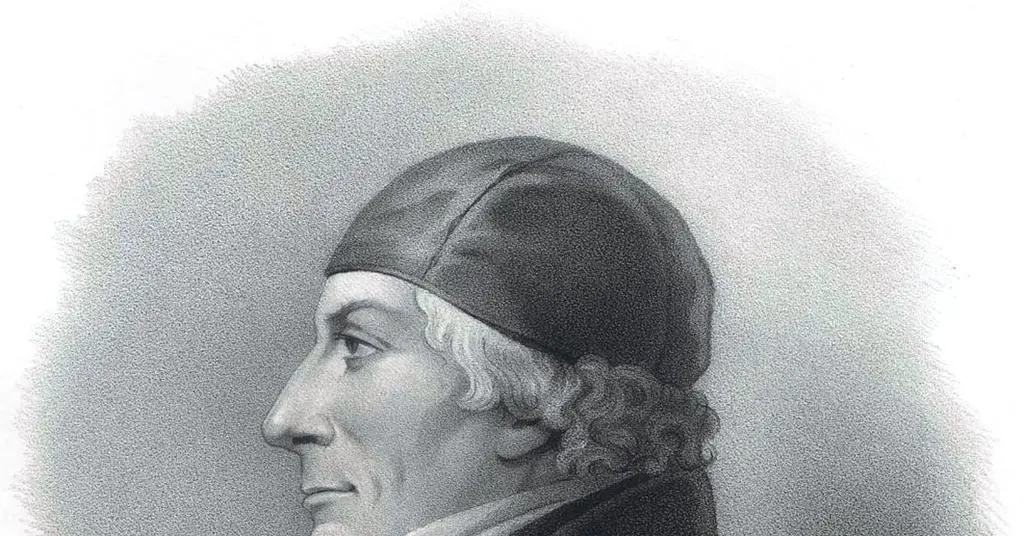
What makes Johan Gottlieb Gahn famous?
Johan Gottlieb Gahn, a Swedish chemist, is best known for his contributions, which helped shape modern chemistry as we know it today.
Gahn’s early life is not very well known, but most people agree that he was born in Halsingland, Sweden, in 1745.
Gahn made many significant contributions throughout his career as a chemist and metallurgist. One such contribution came when he discovered manganese. Gahn successfully separated manganese from its oxide ore.
[Source: Encyclopedia Britannica]
Similar Articles:
- 14 Famous Vietnamese Scientists That You Should Know
- 15 Famous Filipino Scientists That You Should Know
- 15 Famous Sleep Scientists That You Should Know
#11. George Brandt (1694-1768): The Discoverer of Cobalt
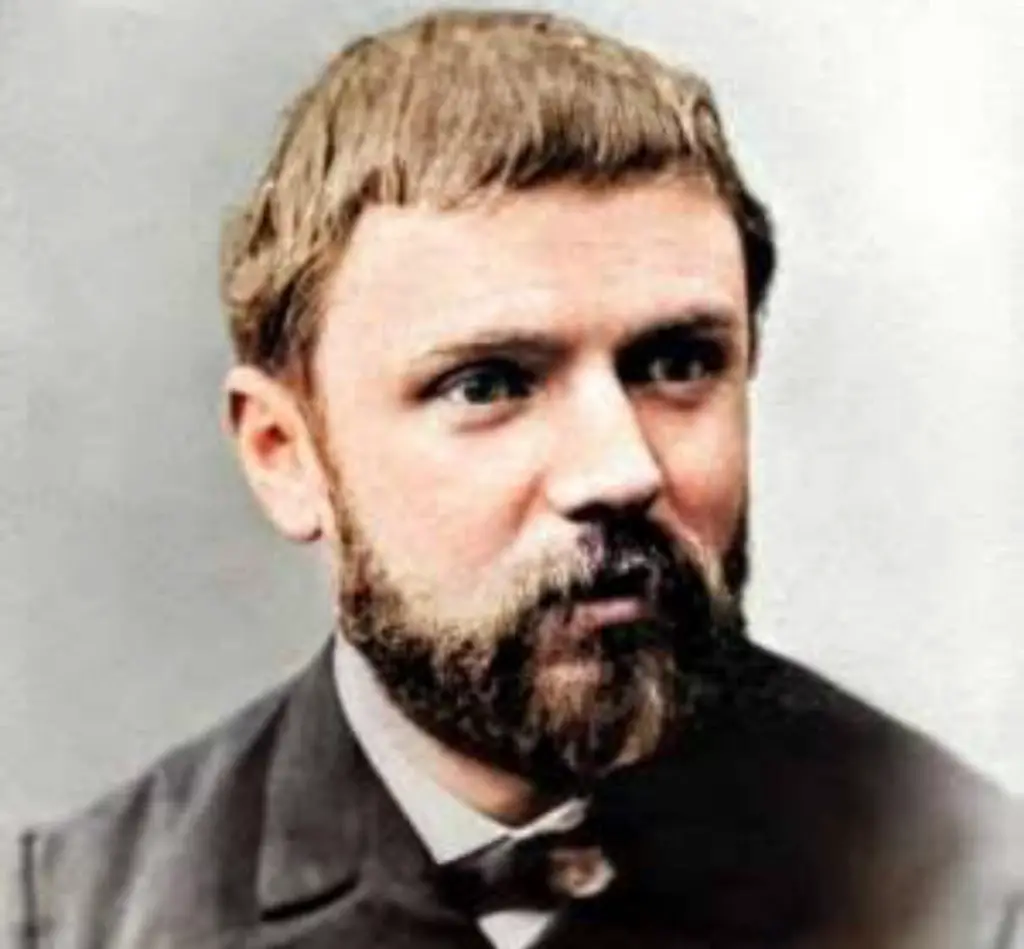
What makes George Brandt famous?
There are a lot of people who have made their mark on the world, but not all of them are household names. George Brandt, however, is one of those people who has been forgotten by many.
Brandt was a Swedish mineralogist and chemist best known for discovering cobalt. Though he had a long career as a researcher, he spent most of his life studying minerals and metals. He was also very interested in metallurgy and mineralogy.
His discovery of cobalt was actually entirely accidental: when he was looking for new sources of ores, he found an ore that contained cobalt instead! After discovering this new element, Brandt devoted himself to understanding its properties.
Cobalt is an element that has a wide range of applications. It’s used to make superalloys that resist high temperatures. This metal is also used in jet engines.
[Source: Encyclopedia Britannica]
#10. Ulf von Euler (1905-1983): The Man Who Contributed to Our Understanding of Neurotransmitters
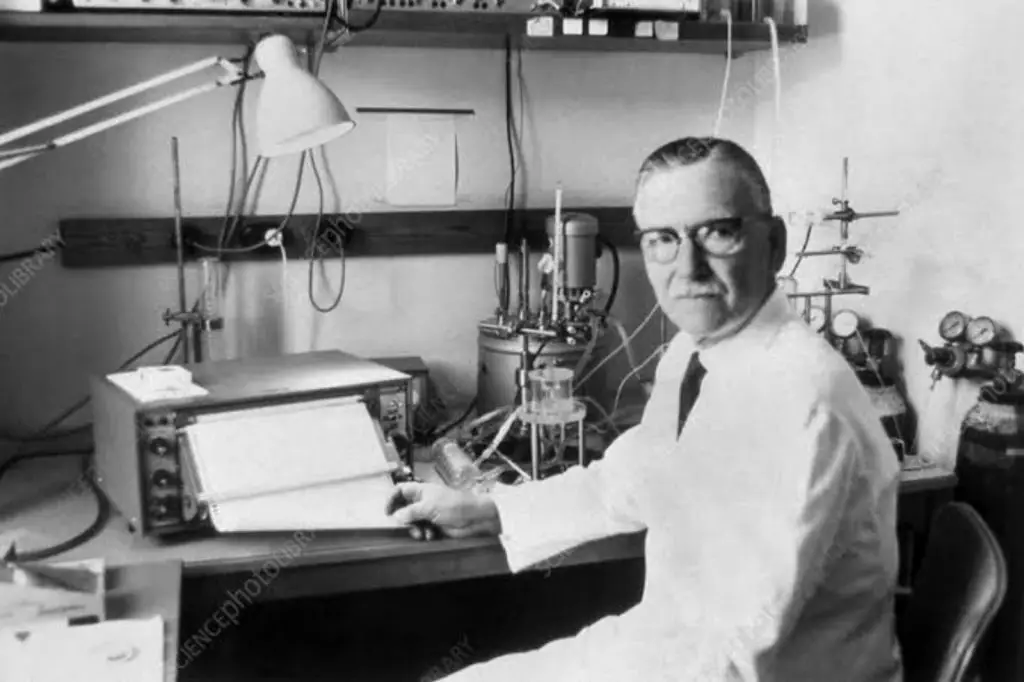
What makes Ulf von Euler famous?
Ulf Von Euler was an incredible Swedish medical scientist who dedicated his life to helping others.
Von Euler’s studies earned him international recognition and fame. He focused primarily on neurotransmitters—the chemicals that transmit signals between neurons (nerve cells).
Ulf von Euler’s work in neuroscience earned him the 1970 Nobel Prize in Physiology or Medicine.
[Source: The Nobel Prize]
#9. Tomas Lindahl (1938-present): The Cancer Research Scientist and Nobel Laureate

What makes Tomas Lindahl famous?
Tomas Lindahl is a Swedish physician who has contributed to research on DNA repair. He is best known for sharing the 2015 Nobel Prize in Chemistry with Aziz Sancar and Paul Modrich.
Lindahl’s work has focused on DNA repair and DNA damage—specifically, how cells can repair their genetic material when something goes wrong with it. He has also studied how certain environmental factors can affect our DNA and lead to disease or cancer.
Lindahl’s research has helped us understand how genes can go wrong, how they can be repaired, and what we can do to prevent them from going wrong in the first place.
What’s the best Tomas Lindahl quote?
“Don’t do what everybody else is doing.”
[Source: The Nobel Prize]
Similar Articles:
- 16 Famous Muslim Scientists That You Should Know
- 20+ Famous Buddhist Scientists That You Should Know
#8. Manne Siegbahn (1886-1978): The X-ray Spectroscopy Pioneer

What makes Manne Siegbahn famous?
The life of Swedish physicist Manne Siegbahn is a testament to the power of education and how it can shape the world. Siegbahn was born in Orebro, Sweden. He would go on to study at Lund University, where he graduated with a Ph.D. in 1911.
Siegbahn’s most notable contribution to science was his work in x-ray spectroscopy. This work earned him the 1924 Nobel Prize in Physics.
[Source: The Nobel Prize]
#7. Peter Nordin (1965-2020): The Computer Science Pioneer
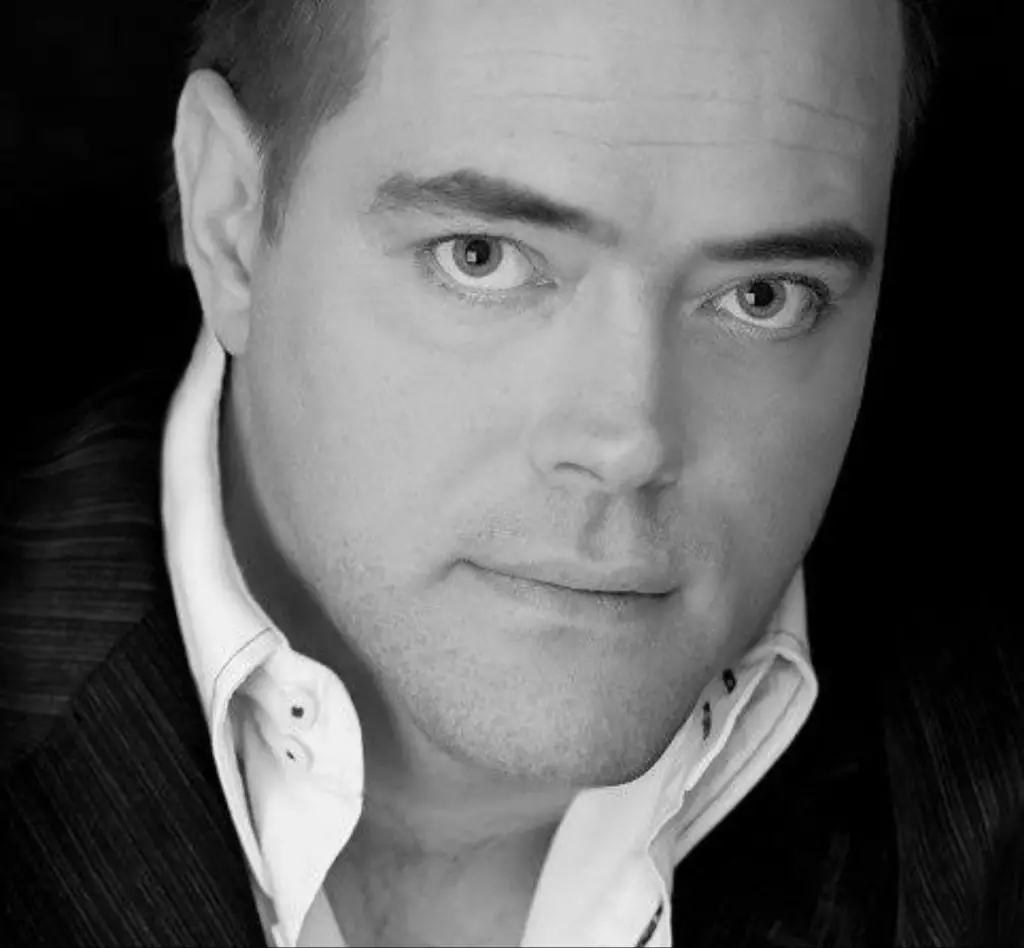
What makes Peter Nordin famous?
Peter Nordin was a Swedish computer scientist best known for his contributions to artificial intelligence, evolutionary robotics, and automatic programming. He earned his Ph.D. from the University of Dortmund in 1997.
Nordin’s work has been influential in machine learning. This is the study of how computers can learn from data to improve their performance. He also contributed to developments in self-driving cars and other applications like speech recognition and natural language processing.
[Source: Academic Influence]
#6. Arne Asplund (1903–1993): The Defibrator Pulping Refiner Inventor
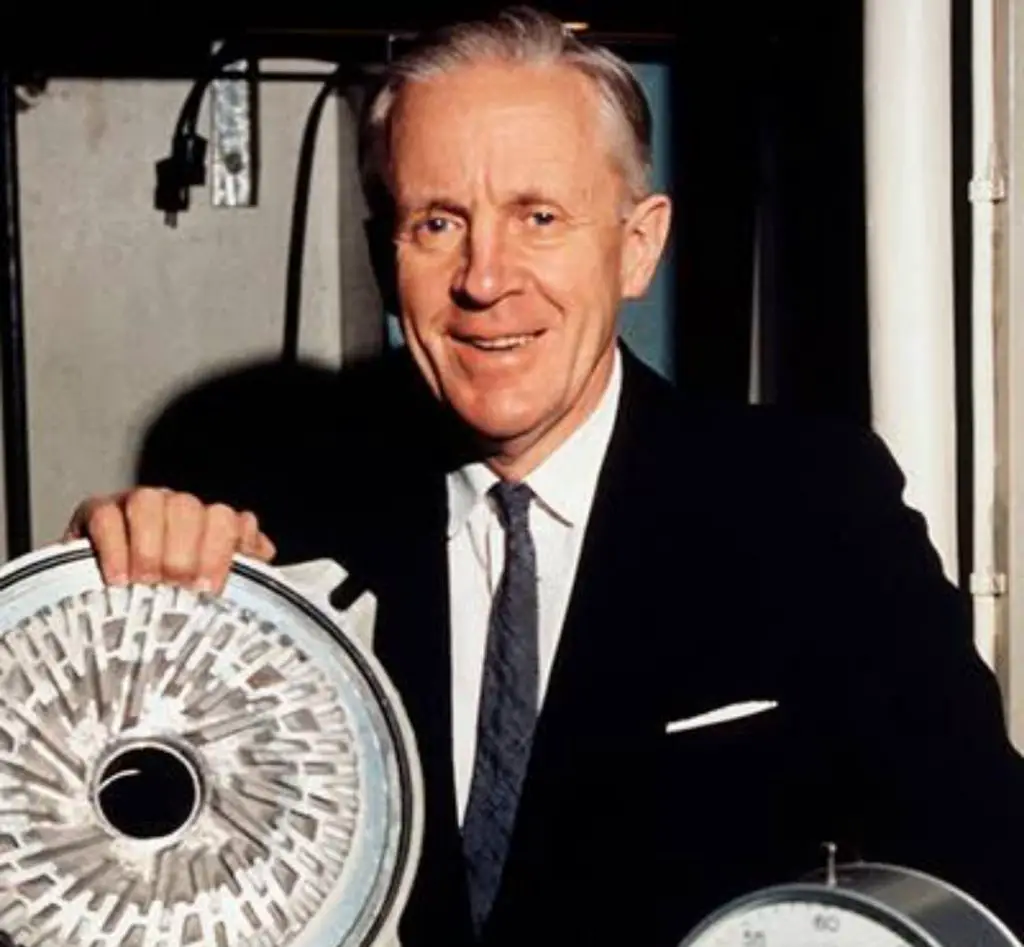
What makes Arne Asplund famous?
Arne Asplund was a Swedish scientist and inventor who was a leader in his field. He made important contributions to the papermaking industry in Sweden.
His most notable invention was the Defibrator Refiner. This device revolutionized the pulping process for paper mills.
The Royal Swedish Academy of Engineering Sciences awarded him a Gold medal for his contribution to defibrating technology in 1947.
[Source: Wikipedia]
#5. Svante Arrhenius (1859-1927): Sweden’s First Nobel Laureate
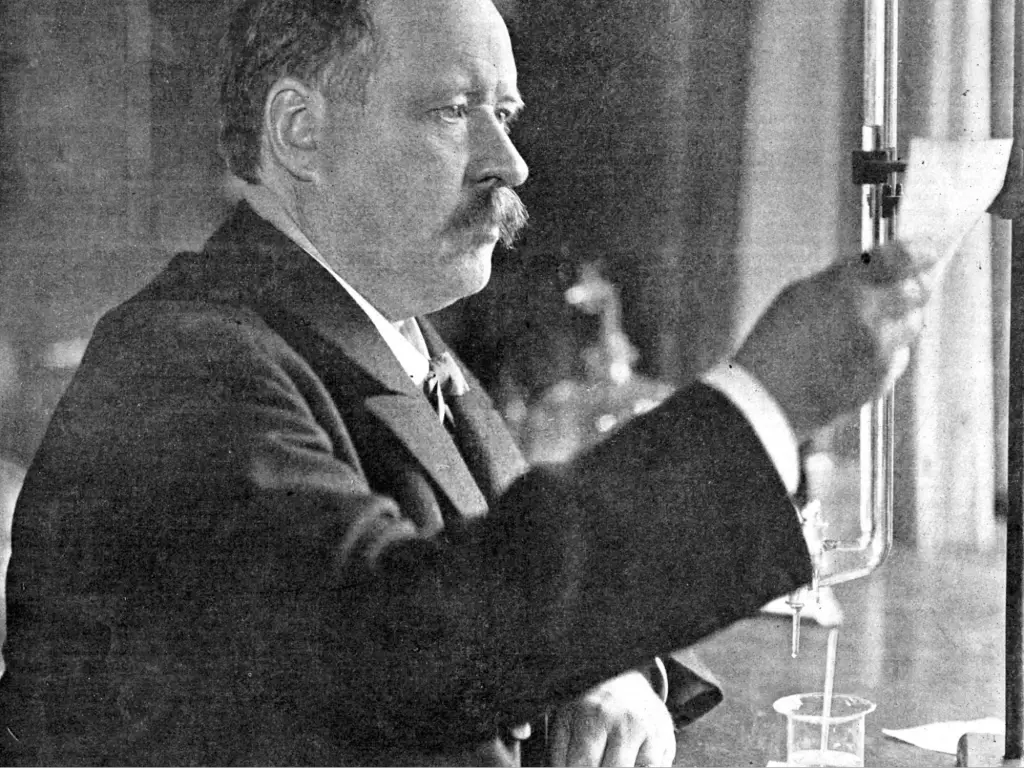
What makes Svante Arrhenius famous?
Svante Arrhenius was a Swedish naturalist who made his name in the history of science by pioneering climate science. In 1903, he won the Nobel Prize in Chemistry, becoming the first person from Sweden to do so.
Arrhenius is best known for his work in physical chemistry and thermodynamics. He was one of the first scientists to suggest global warming. He realized that carbon dioxide levels might affect global temperatures.
His work helped lay the foundation for modern climate science. This helps us understand how our actions can affect our planet’s climate.
[Source: The Nobel Prize]
#4. Lise Meitner (1878-1968): A Pioneer in Nuclear Physics
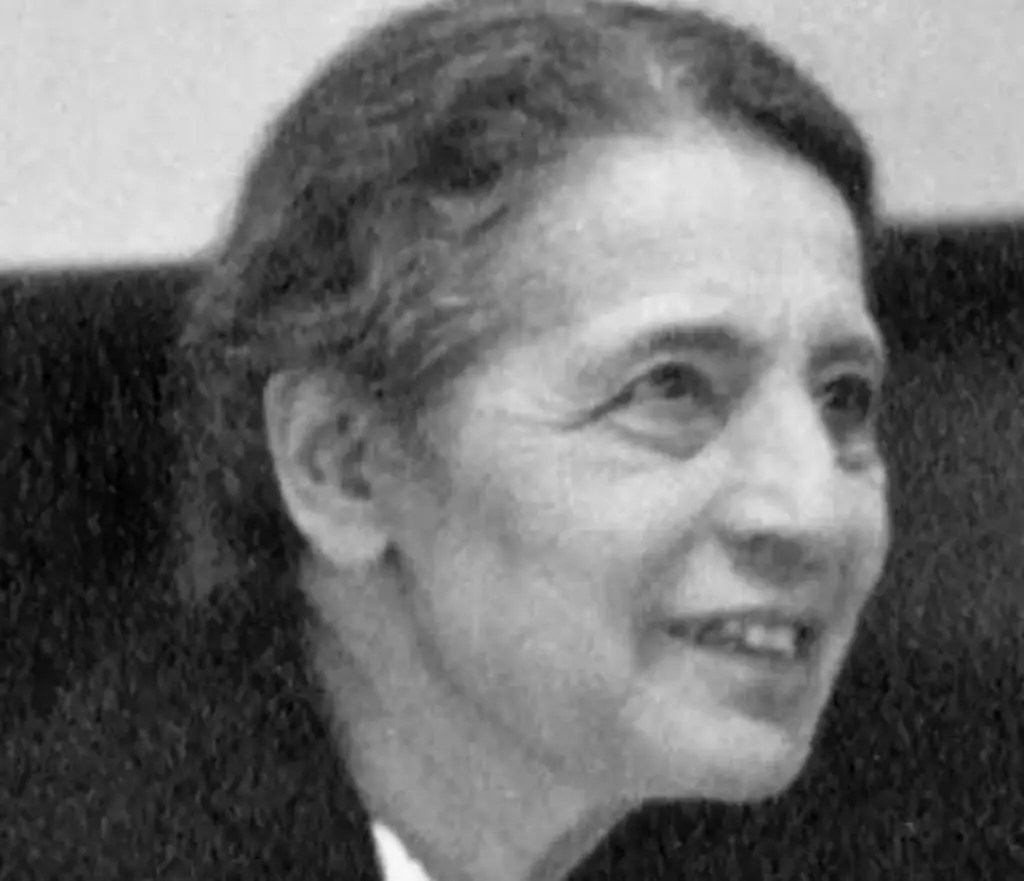
What makes Lise Meitner famous?
Lise Meitner, the German Marie Curie, was an Austrian-Swedish physicist who studied radioactivity and nuclear fission.
She attended the University of Vienna, where she studied physics and mathematics. Meitner was among the first to earn a doctorate in physics from the University of Vienna.
Meitner is most famous for her work with Otto Hahn on nuclear physics. She discovered Protactinium-231. Lise Meitner was the first to recognize that Otto Hahn and Fritz Strassman had discovered nuclear fission. She also made contributions to understanding the process of nuclear fission in uranium.
Meitner was nominated 48 times for the Nobel Prize in Physics and Chemistry between 1924 and 1965. But she didn’t win any due to political obtuseness, disciplinary bias, haste, and ignorance.
What’s the best Lise Meitner quote?
“I will have nothing to do with a bomb!”
[Sources: Encyclopedia Britannica, Life of Meitner]
#3. Carl Linnaeus (1707-1778): The Father of Taxonomy
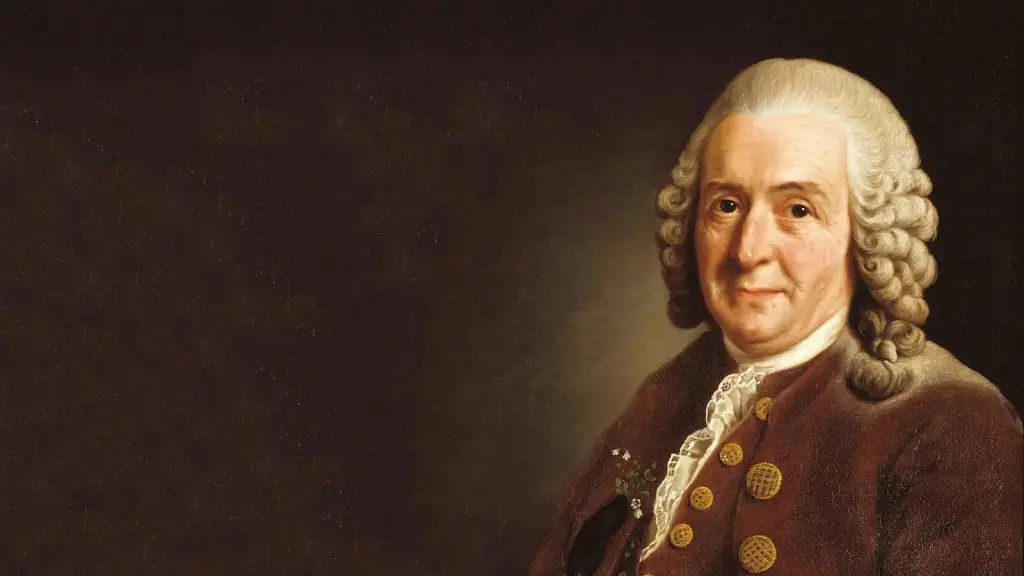
What makes Carl Linnaeus famous?
Carl Linnaeus was a Swedish botanist and naturalist known for popularizing a new method of naming organisms called binomial nomenclature. This system proposed giving living organisms two-part names. His work pioneered modern taxonomy.
Linnaeus was born in Southern Sweden, where he studied before beginning his career at Uppsala University.
What’s the best Carl Linnaeus quote?
“If a tree dies, plant another in its place.”
[Science: Encyclopedia Britannica]
#2. Anders Celsius (1701–1744): The Person Who Introduced the Celsius Temperature Scale
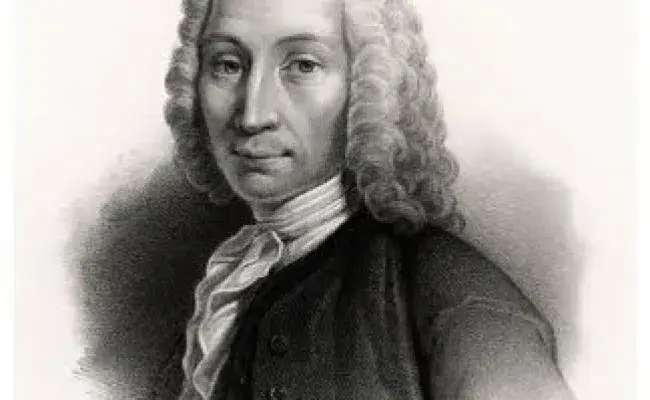
What makes Anders Celsius famous?
Anders Celsius was a Swedish astronomer who is most known for his contributions to mathematics and physics. He taught at Uppsala University and helped the school set up the Uppsala Astronomical Observatory.
Celsius is also famous for introducing a type of centigrade temperature scale that goes by his name. Scientists still use the scale today, and it is often referred to simply as Celsius.
[Source: Encyclopedia Britannica]
#1. Alfred Nobel (1833-1896): The Founder of Nobel Prizes

What makes Alfred Nobel famous?
Yes, the Nobel Prize is named after Alfred Nobel.
Alfred’s most famous invention was dynamite, which he developed using nitroglycerin and an absorbent substance patented in 1867.
It was a breakthrough in the field of explosives, giving us everything from fireworks to blasting caps.
Dynamite was popular because it allowed people to blow up things without getting hurt—and it wasn’t just for fun! Dynamite is useful in demolition, construction, mining, and quarrying.
But Alfred’s most crucial contribution was establishing the Nobel Prize, which honors those who make significant contributions to society through their work in physics, chemistry, peace, medicine, or literature.
In 1968, the Swedish central bank, Sveriges Riksbank, established the Nobel Prize in Economics.
What’s the best Alfred Nobel quote?
“If I have a thousand ideas and only one turns out to be good, I am satisfied.”
[Source: The Nobel Prize]
Final Thoughts
While these scientists have all made incredible contributions to the world, they also show us that great minds come in all shapes.
Some had no formal education, while others were educated at some of the most prestigious universities in the world. Some were born into wealth, while others came from humble beginnings. But they all shared a desire to make positive changes in their communities and around the globe.
Sweden has a long history of producing some of history’s greatest minds. We hope you’ve found some inspiration from these famous Swedish scientists.

